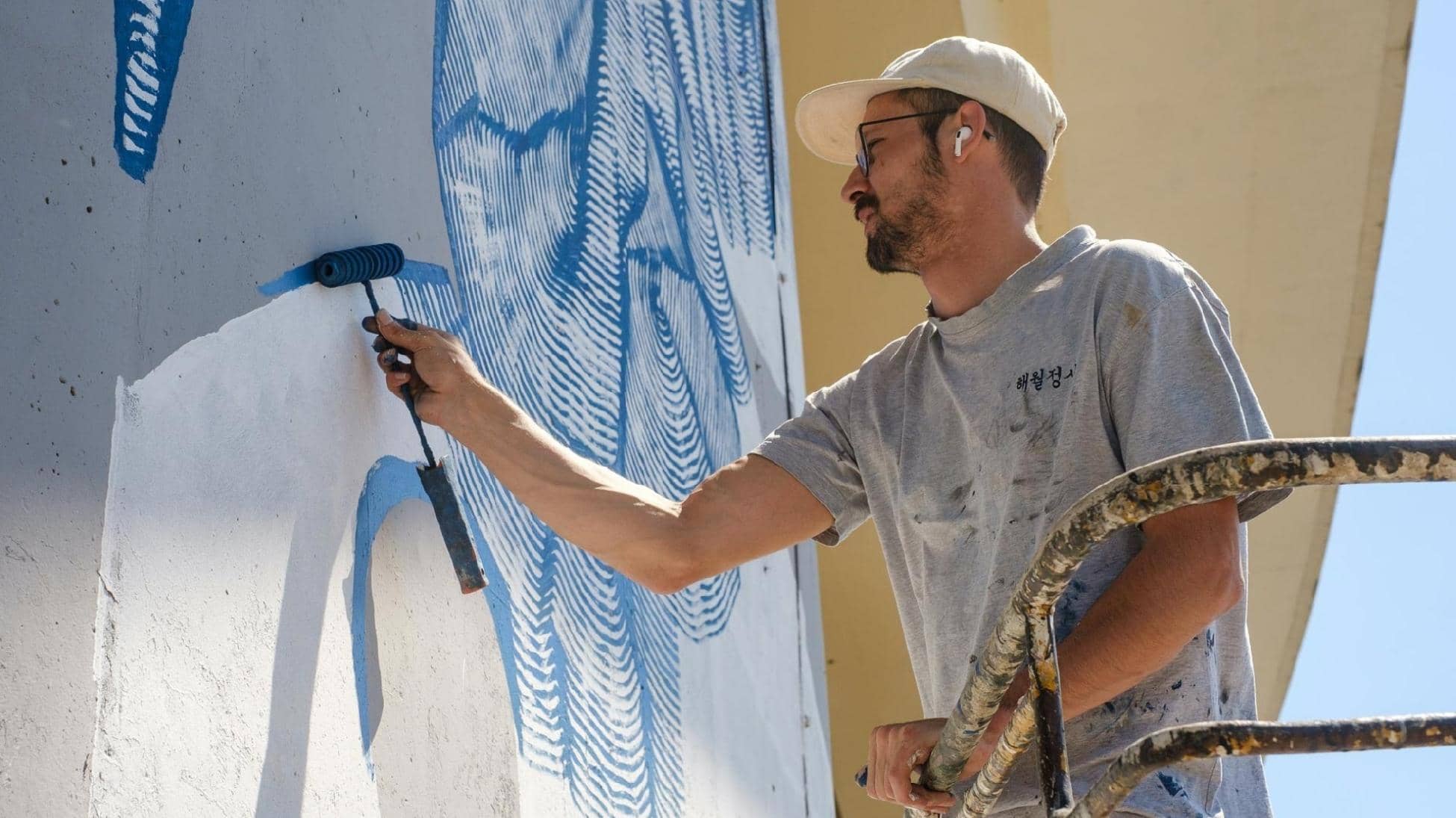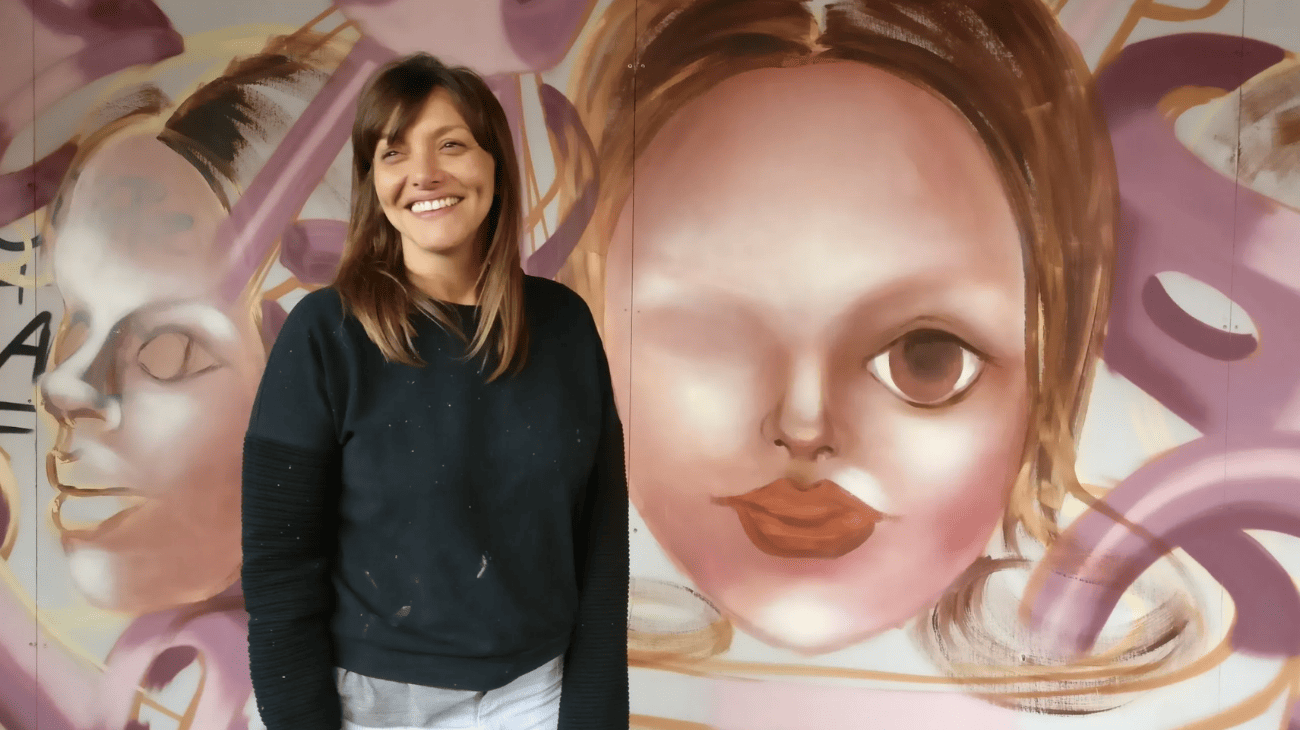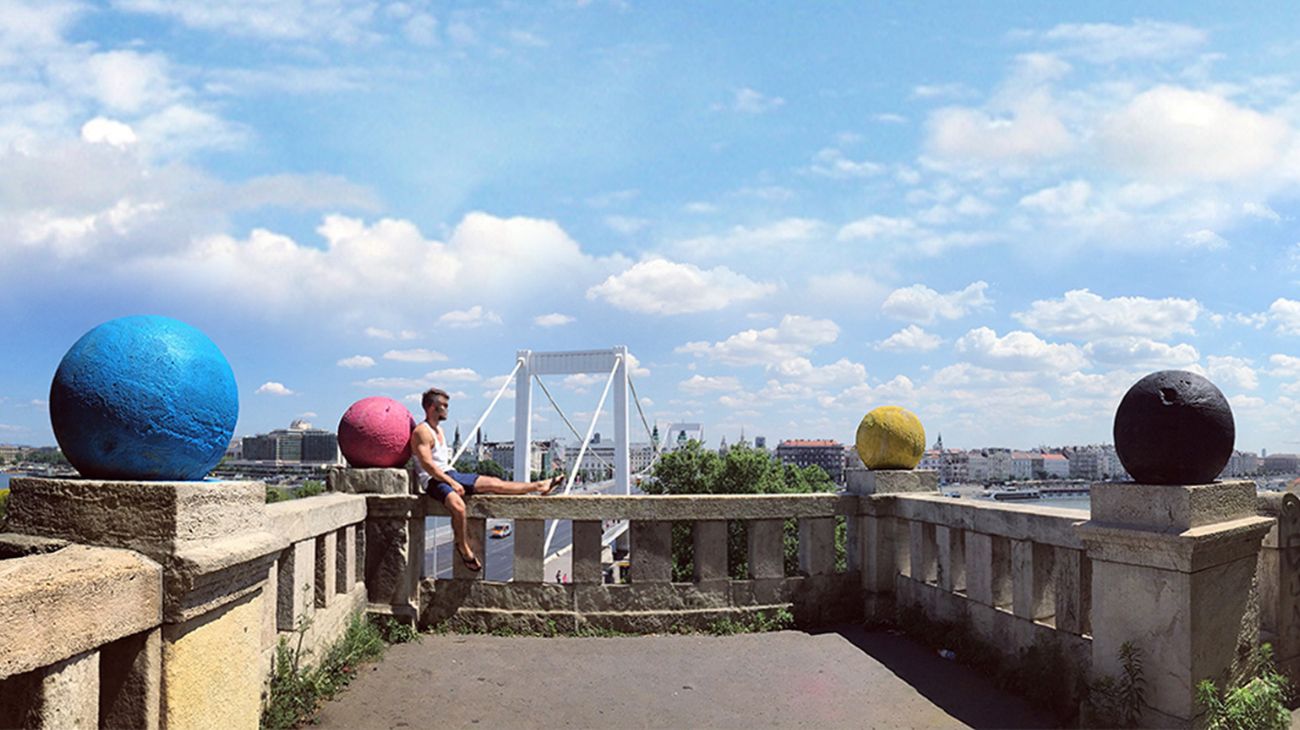
OKSE 126
Interview with the Berlin artist OKSE 126 / CMYK Dots:
Street art for me is working on the street, in the form of paste-ups, stencils, installations, and other creative ways to transform urban space. When I go to a gallery and see stencil work, for example, it’s not street art to me just because it looks like something that can also be found on the street.
You were born and raised in Berlin and started with graffiti over 20 years ago, after the reunification, on the streets of Berlin, where your tag and artist name OKSE 126 comes from. Graffiti was followed by abstract painting and since 2016 your focus has been on the CMYK Dots project.
How did you get into art in general, and what made you choose the street as your canvas?
I first came into contact with art, or in my case specifically graffiti, in elementary school. Next to me sat a classmate, who painted, in my childhood memory, extremely cool B-Boy characters. I was so excited by the “cool” attitude of the characters and the lettering next to it, and I wanted to do the same. The second moment that completely blew me away was when I was at the basketball court at Bundesplatz. I was sitting on a little house and could see over a wall. I had no idea what exactly I was looking at, but three guys came down from the tracks and started spraying a picture together. I couldn’t believe what was happening right in front of me in broad daylight, and I had no idea at the time that it was the old AMOK Hall of Fame. Unfortunately, I don’t remember who exactly I saw there. I was too young for that and had no idea. But my passion was extremely ignited by it. I started walking the streets and photographing graffiti in my neighborhood. I was incredibly excited about all the old painters who were active at the time. RCB, OCB, DRM, BAD and all the others. Also the mystery of having no idea who was behind it made it extremely exciting for me.
Those are the two memories that stuck with me. Apart from that, there were also the media that existed at that time and that inspired me a lot. For example, the Backspin or Juice, which I got because of the graffiti part, or graffiti films – at that time still on VHS. Those were the sources for me to discover painters from other cities. The internet did not exist at that time.
And why I chose the street… I just wanted to be part of this subculture that fascinated and excited me. I was looking for a sense of belonging as a teenager, something I could prove myself in and be good at.
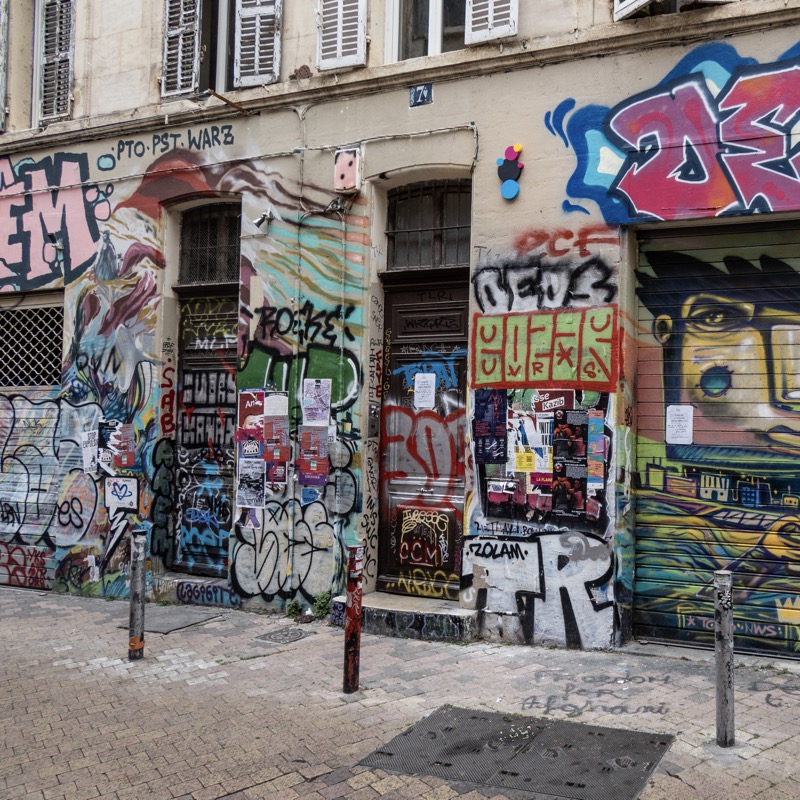

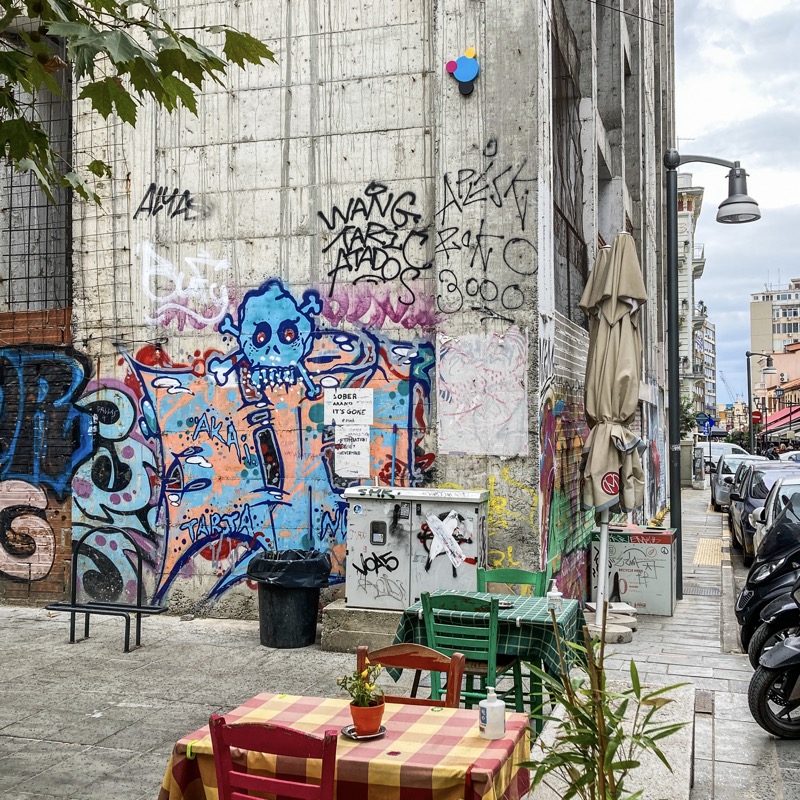
How important do you think it is to stay up to date, to test and experiment with different creative techniques? And how much has perhaps also the collaboration with other artists helped you to approach different artistic styles?
I think it’s completely individual. In my case, I enjoy experimenting and trying new materials, finding new ways to speed up my process, or even making my work more resistant to environmental influences. I don’t think this is transferable to artists in general. If you have found a technique that works for you, then go for it. Why change something if you can achieve your goals with it?!
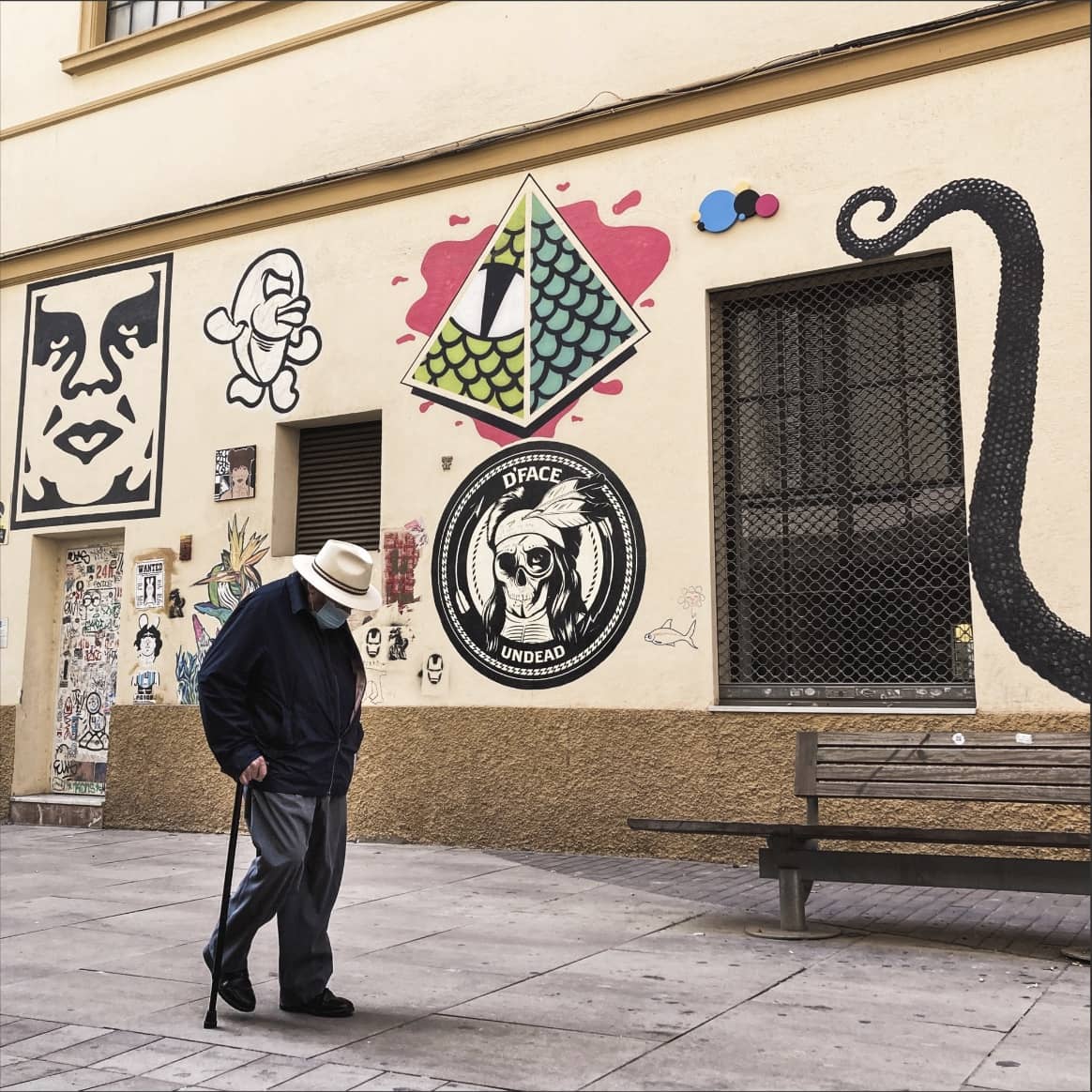
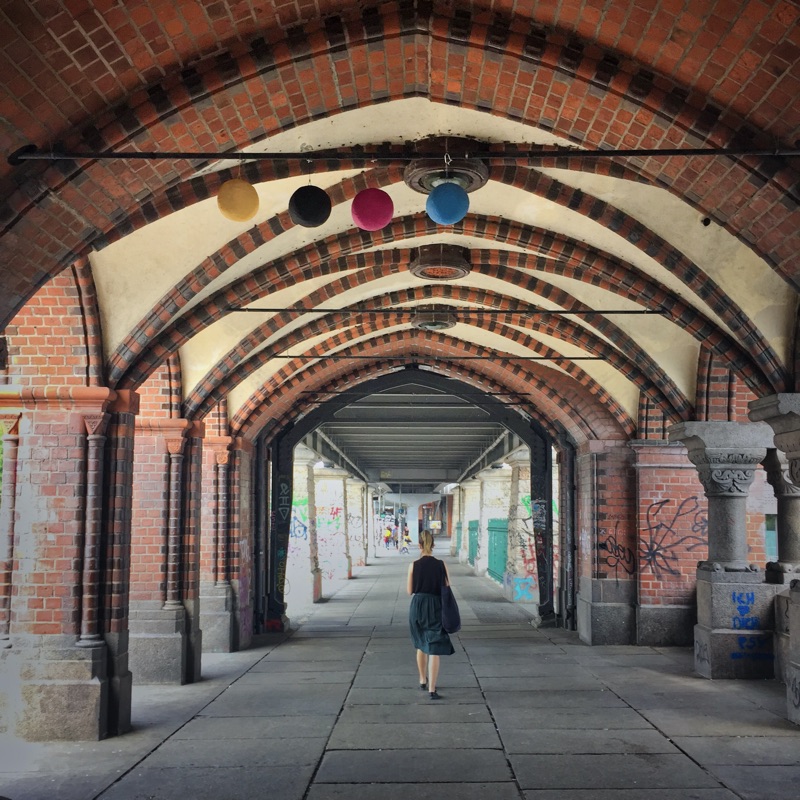
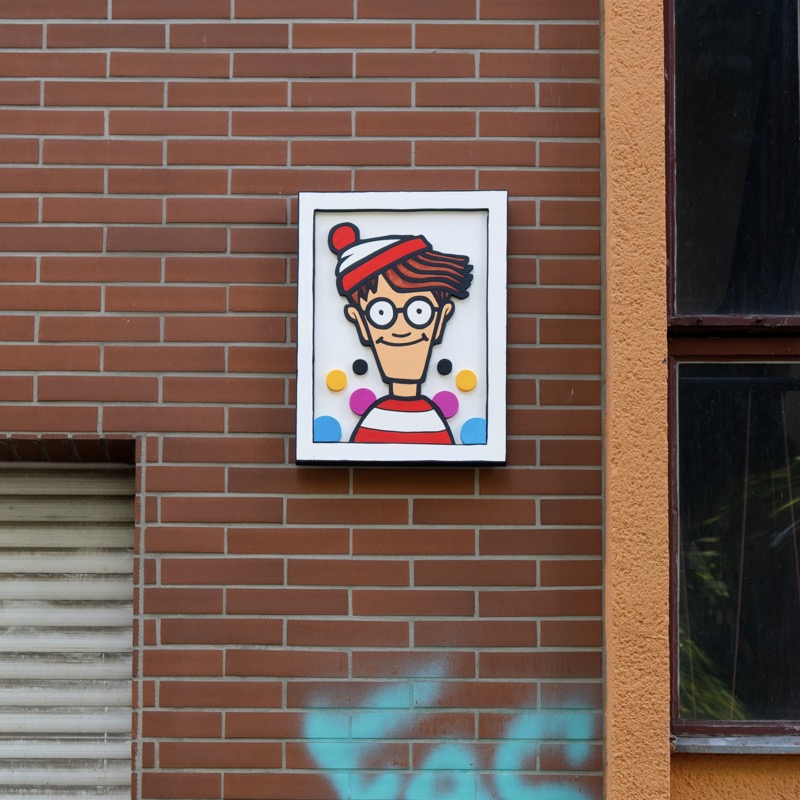
How would you define yourself and why? Artist? Street artist? Something else?
So if you asked me to describe an artist, it wouldn’t end up being me as a person. I have a hard time defining or labeling myself as anything. I tend to stay away from the statement “I am…”. For me, it’s more comfortable to say what I do. I currently do street art. Sometimes I make art. But I also do other things that are just as much a part of my life. I think defining that should be up to outsiders, deciding what you see in me. For some, I’m an artist because you only know that part of me; for others, I’m a street artist because you discover my work on the street. I wouldn’t define myself as a cook just because I make myself food every day.
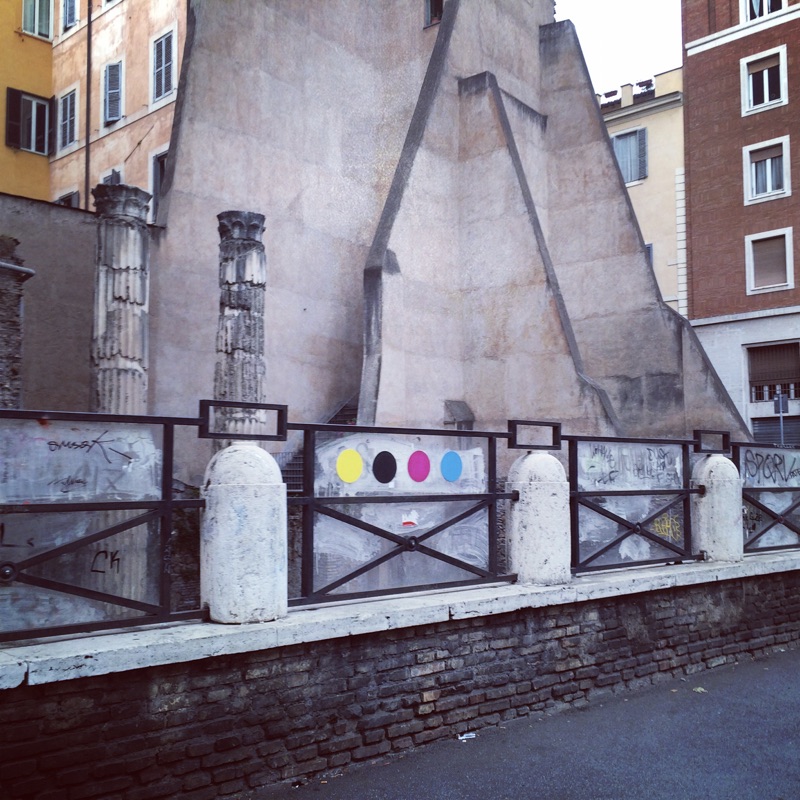
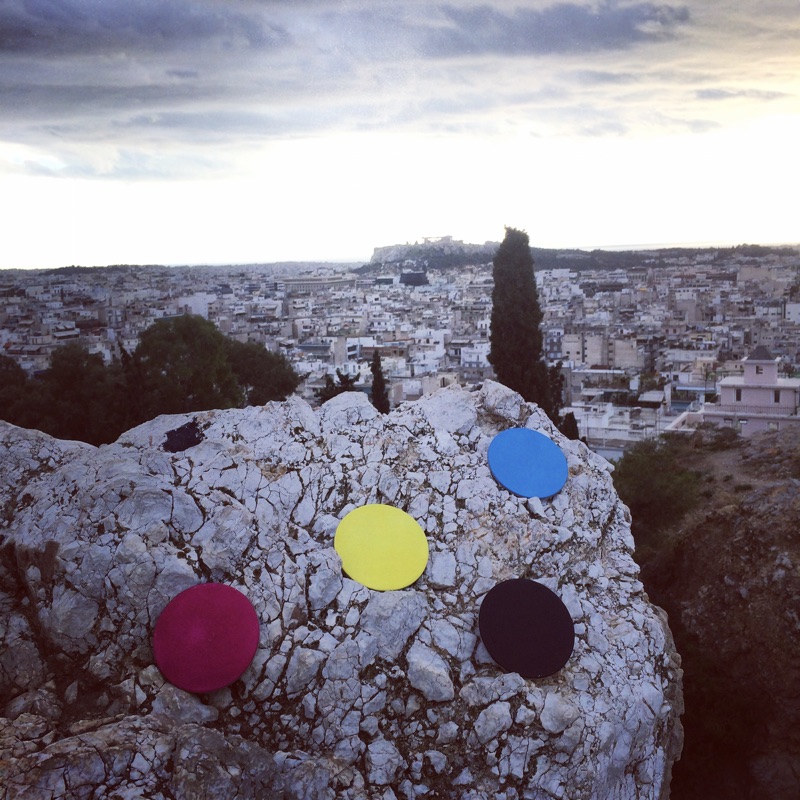
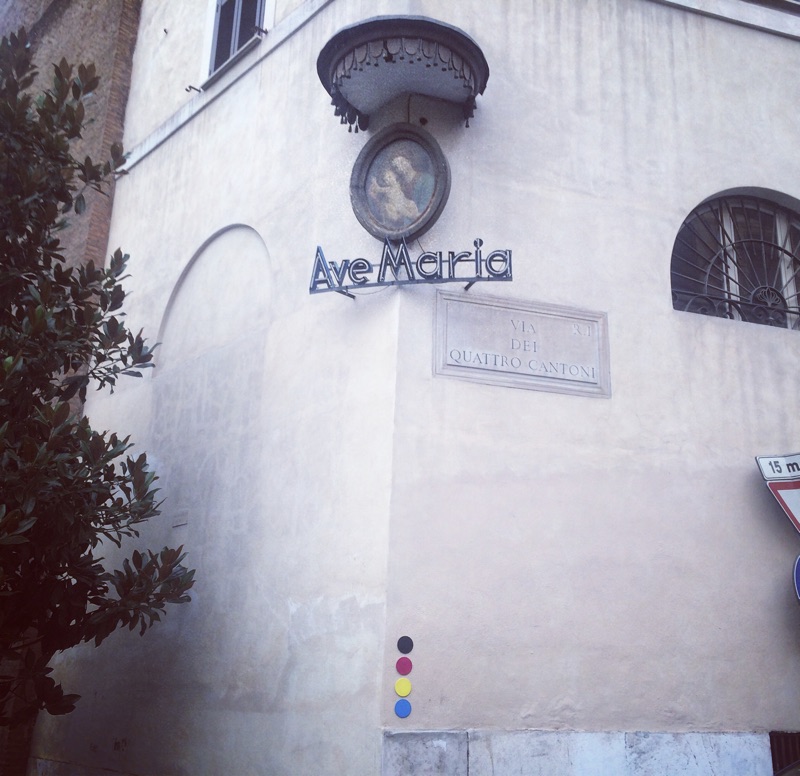
Your current works, the CMYK Dots, references the four colors of printing: cyan, magenta, yellow and black. They are always in well-chosen places with high visibility, without imposing themselves on the viewer or standing out because of their size. They are a tribute to pointillism; as you once said, it’s “the modern way of pointillism” – quasi maximum minimalism.
How did the idea for this project come about?
It was more by chance and came about through several steps. In the last few years, when graffiti still played a major role for me, I thought every now and then about whether there might be something I could do in the field of street art. I missed the appeal of legal graffiti painting at some point. Illegal was over anyway. Either completely or not at all. I went then in the direction of abstract painting on canvases and partly on walls. I then started for a short time to attach the canvases on the street, because I found it annoying to have the things at home pointlessly standing around. But I noticed relatively quickly that the motifs on canvas meet my taste and look cool indoors, but on the street they completely fade and lose their appeal. Everywhere there was too much structure, elements, advertising, etc… I then started a small series on round canvases, which I designed: black and white with cyan, magenta, and yellow as accent colors. Didn’t change anything, though. As soon as the things were hung on the street, they kind of disappeared.
Then I simply took four of the round canvases and painted them in CMYK. At second glance and one drink later, my thought was: “Bang, I’ll do it!”
I went straight out with a friend and did four spots in Berlin. Afterwards I headed to London, Hamburg, and Barcelona, and it was clear that I’m going to do this for a while!
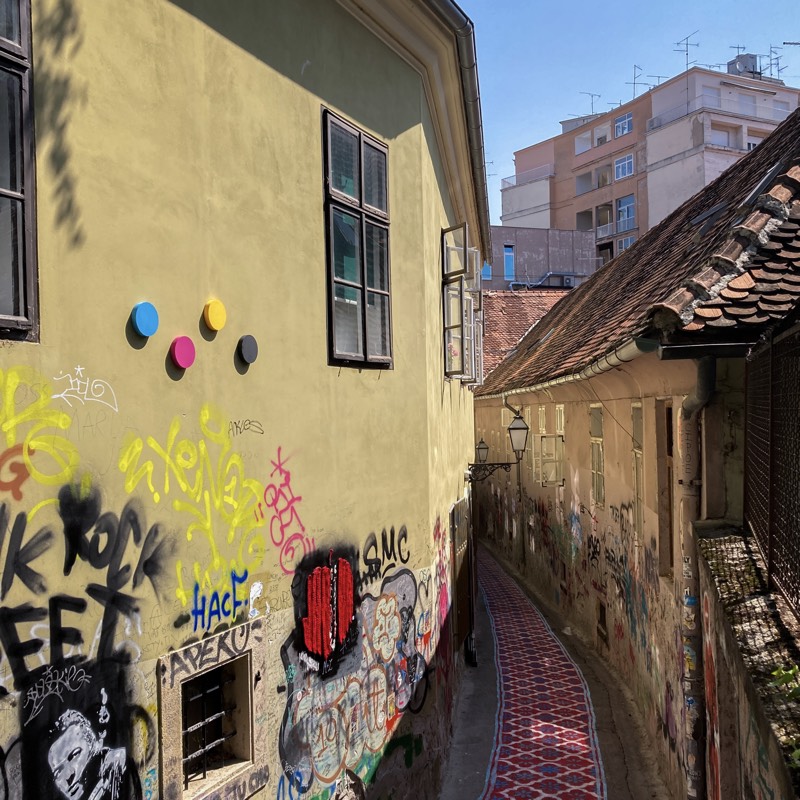
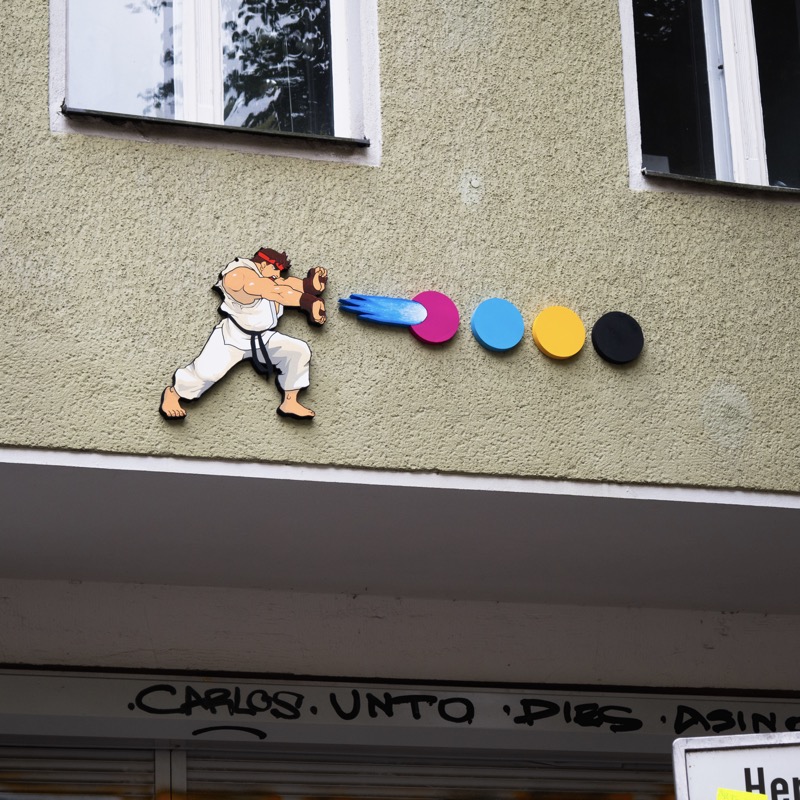
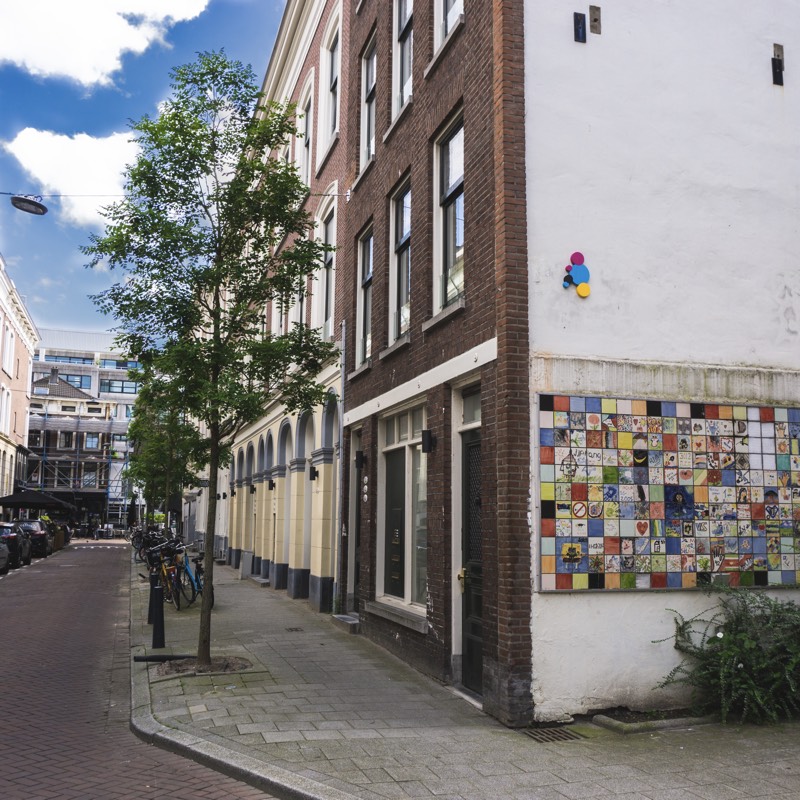
You have already exceeded your goal of placing 1000 CMYK Dots in 100 cities and 10 different countries. As of today, you have 1200 dots, in 120 cities, in 18 countries. If you had the opportunity to choose a place anywhere in the world to realize your art, which one would it be and why?
Fortunately, I have already seen a lot of the world. Even before my CMYK Dots project, I liked to travel a lot. So I don’t have one place that I really want to see. At the moment I’m interested in Asia again, I’m sure I’d get some very nice shots there. But taking my work with me on the plane is always a bit impractical, so unfortunately that won’t happen in the near future.
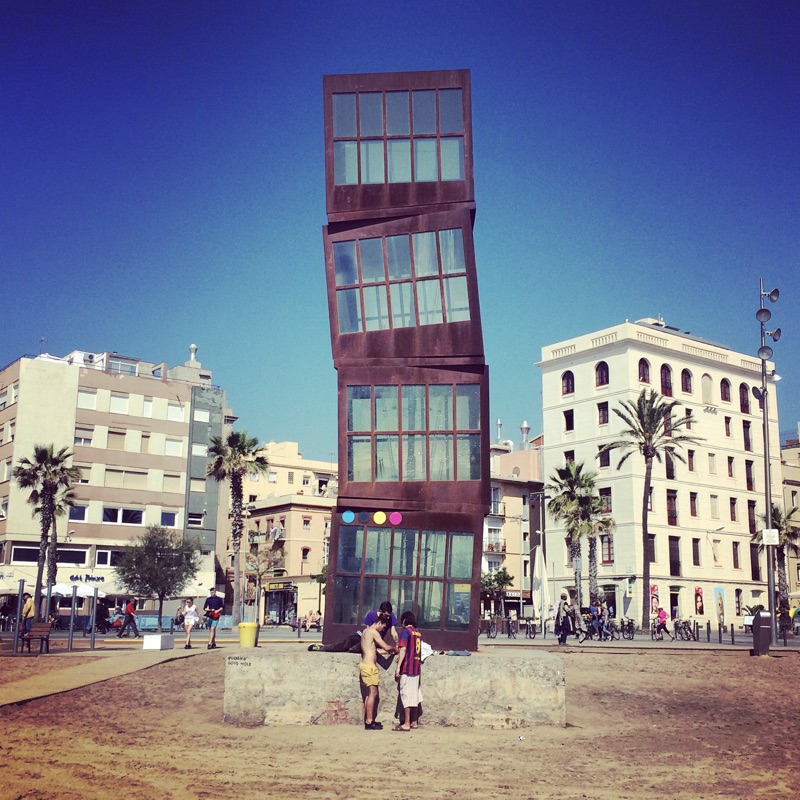
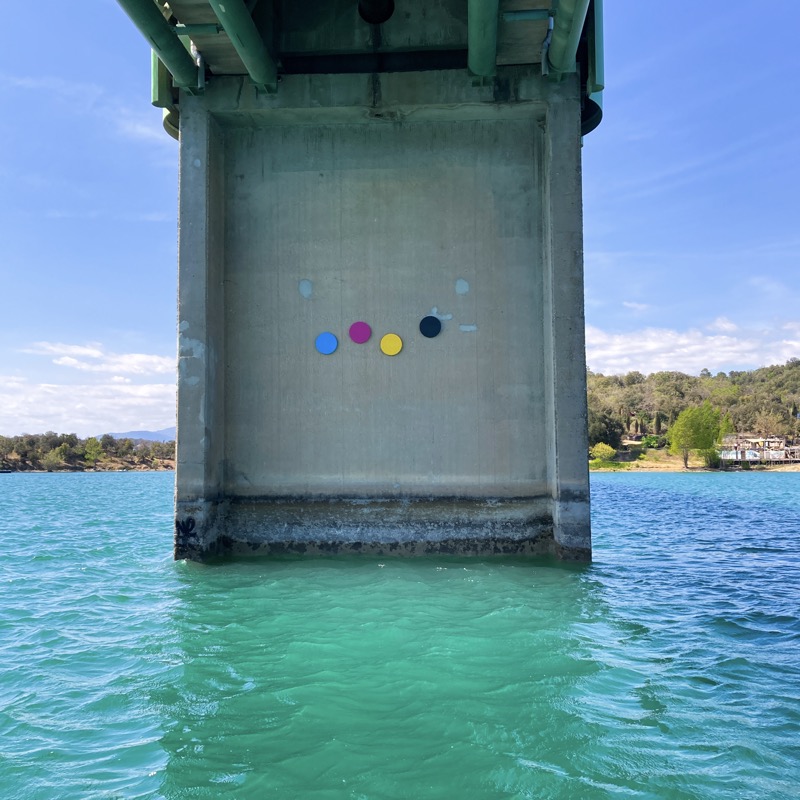
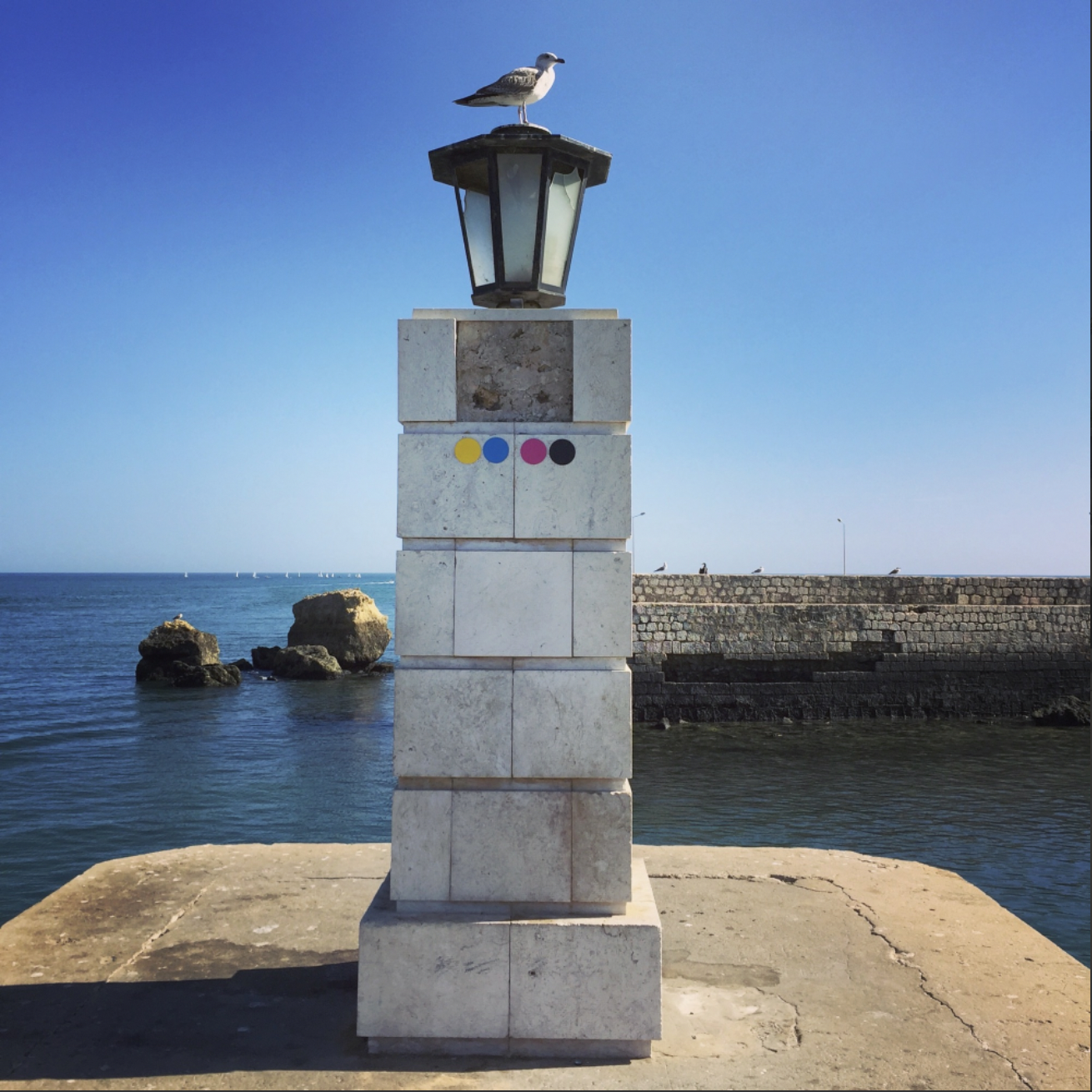
What excites and fascinates you so much about simplicity and minimalism?
I just think that the world, especially big cities like Berlin (my hometown), are just completely overloaded. Everything is full of advertising, flashing nonsense everywhere, loud horns, cell phones on loudspeakers, JBL trash boom boxes on full blast… I just find that minimalist things stand out more now. And, above all, they are more charming. When I walk through the streets and see something that radiates “look at me, amigo, if you feel like it; if not, it’s ok”, I feel much more comfortable than if something screams at me visually. The point refers more to advertising, but art in public space is in tough visual competition with advertising. Through some aspect you have to stand out and, in my case, it is through minimalism, which I like to implement myself, but also like to consume myself. Even in abstract painting, minimalist works (often) give me more than complex works.
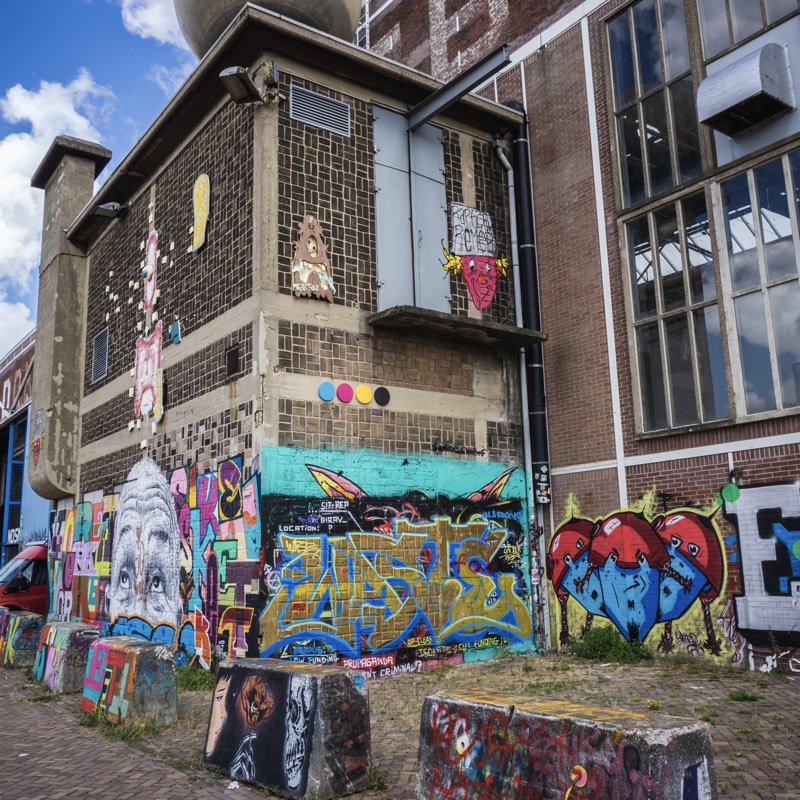

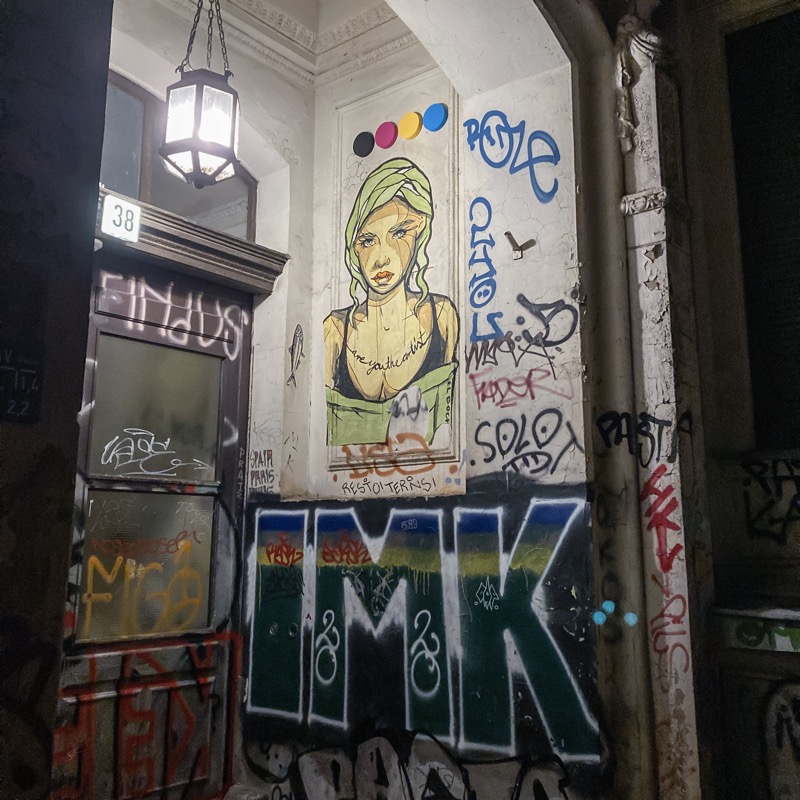
“You should free yourself from always looking for a message” is a quote of yours. What do you think people feel or think when they see one of your works on the street? Is there nothing you want them to take away with them?
If people walk through the street and take pleasure in discovering my work, that’s a wonderful thing, isn’t it? I find it unnecessary to always have to look for a derivation, or a meaning or statement in everything you do. I am not a person who necessarily wants to communicate to others. I have my opinion and share this also gladly with people I know, but I would not like the idea of giving people my opinion unsolicited. Who am I to be “entitled” to do that? Just because I’m probably a little better known than ‘Otto next door’ doesn’t mean that my opinion has more value. Now and then I add a little humor on Instagram and then it fits. That’s all there needs to be from me. I think if people like my art, then they already understand what’s behind it and what I stand for.
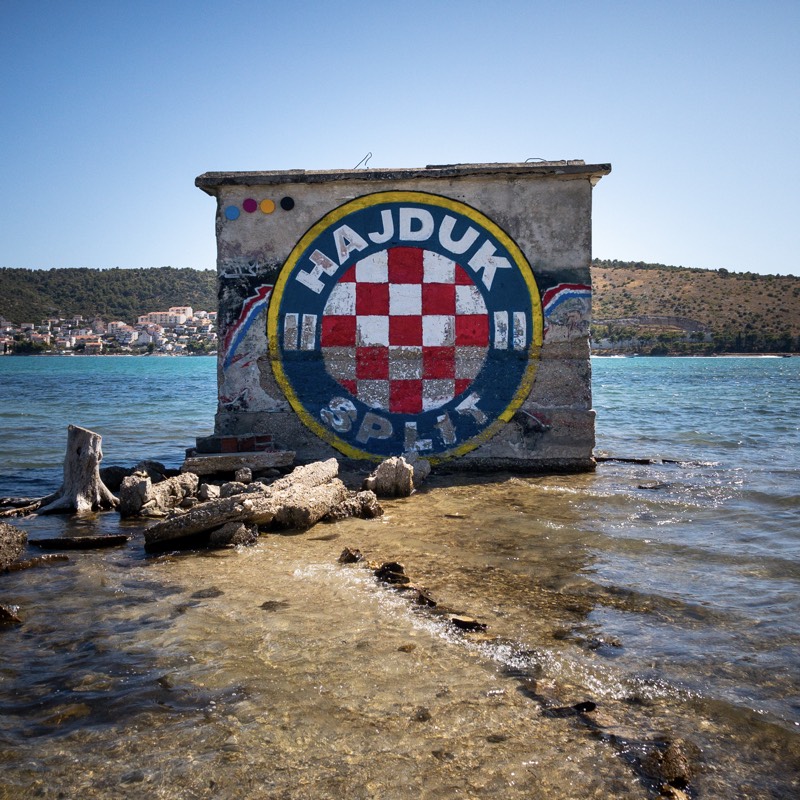
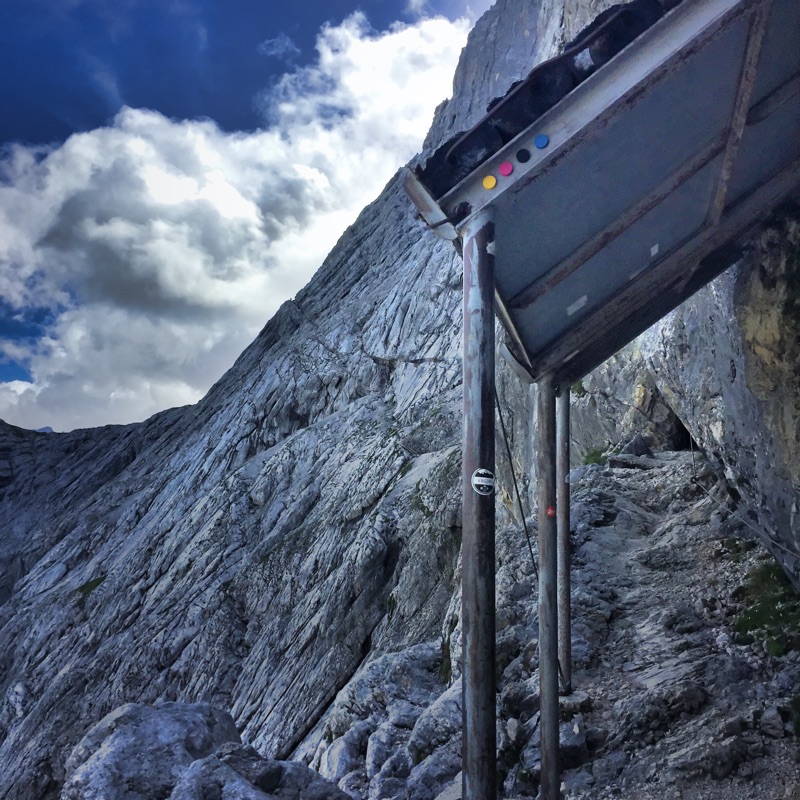

What do you think about the increasing spread of graffiti and street art in galleries and museums?
Basically, this is a positive development for me. Of course, everyone has to decide for themselves whether they think that classic graffiti on canvas belongs in a gallery. I would not look at it. But graffiti artists who develop their style and make it gallery suitable: perfect. I love to look at it.
Yes, and with street art I think it’s a question of definition. Street art for me is working on the street, in the form of paste-ups, stencils, installations, and other creative ways to transform urban space. When I go to a gallery and see stencil work, for example, it’s not street art to me just because it looks like something that can also be found on the street. That is then simply someone who likes to work with stencils. Nothing more. That as street art to sell, I find then again not so cool. But that’s just my opinion. In the end, everything is a question of definition and taste. If someone has the chance to earn money with their art, then they should take the chance. We all have our bills to pay and can be grateful if someone celebrates our art in such a way that they are willing to spend money on it. In the end, it’s a form of recognition for our creative work.
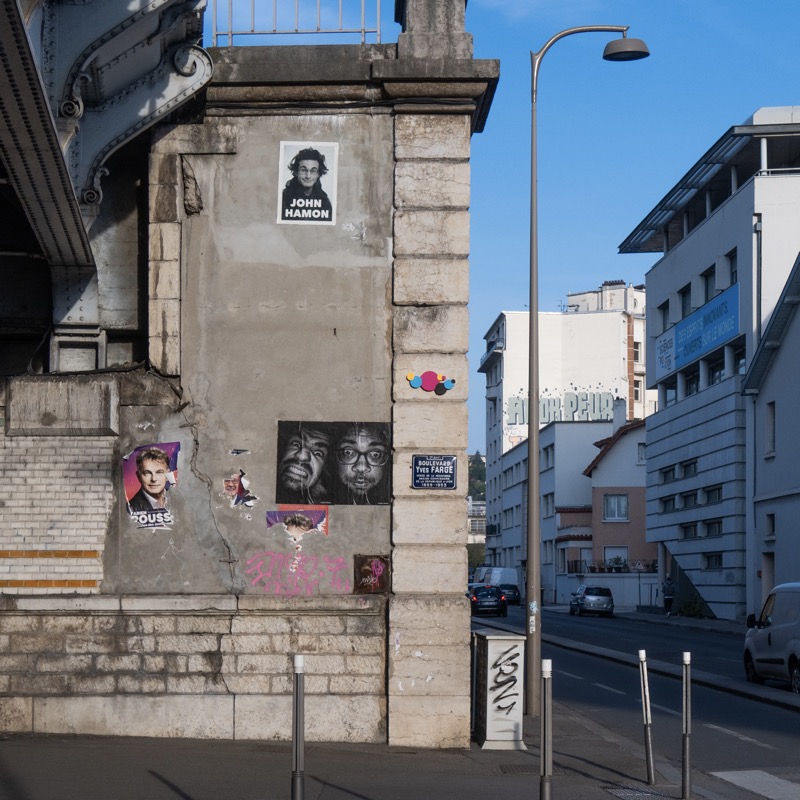

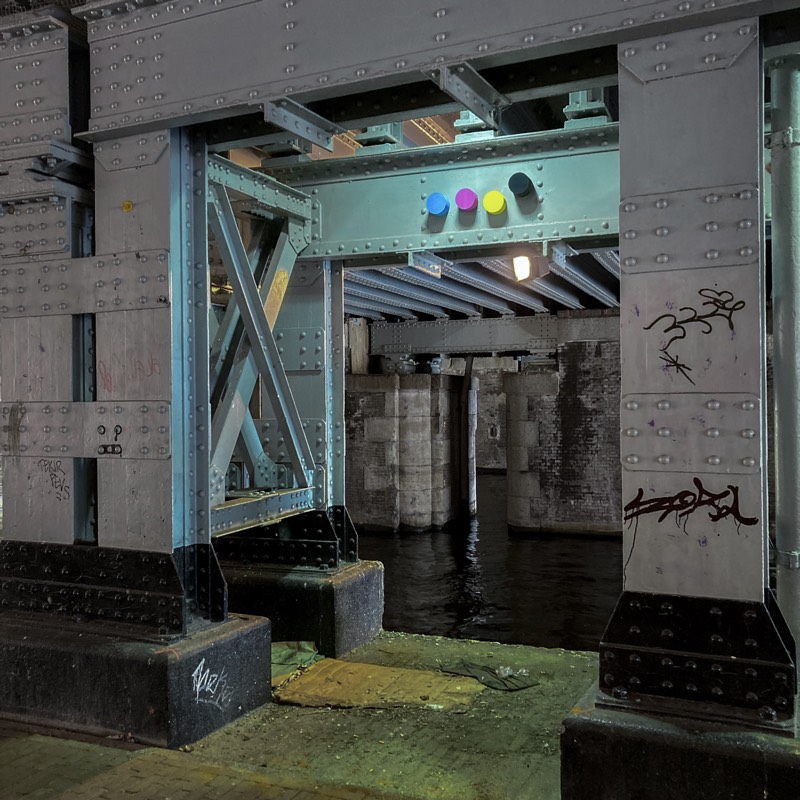
To what extent does your work in the street influence your work in the studio?
Well, basically it’s one thing for me. The work I produce is almost exclusively for the street. The only thing I could see in retrospect is that my work is getting bigger and bigger. Because I work on the street now a lot higher than before, the works must also be larger to achieve their effect. Mini Dots in 6m height are simply visually hardly perceptible.
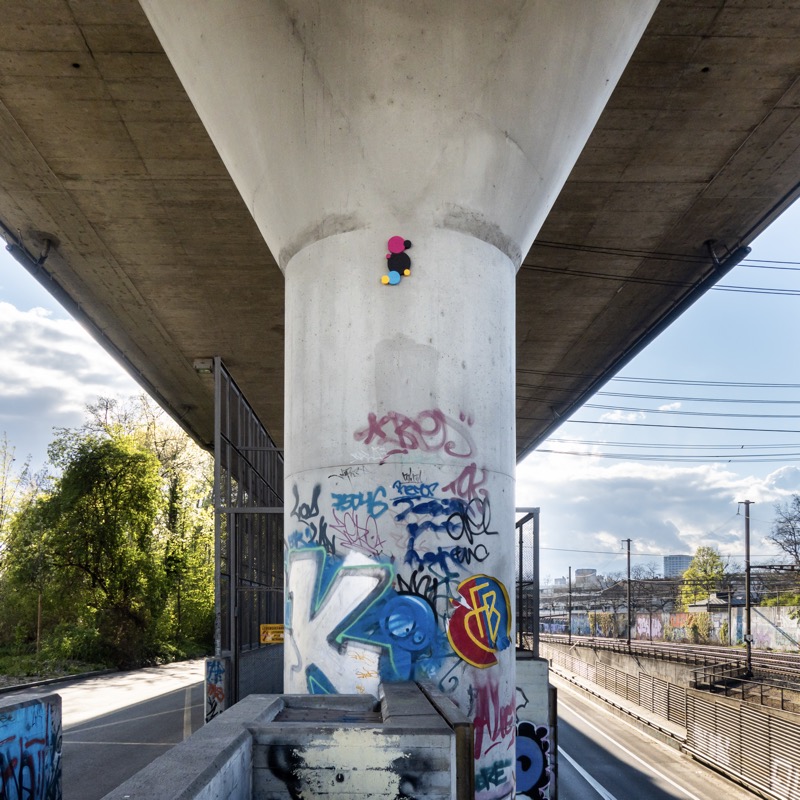
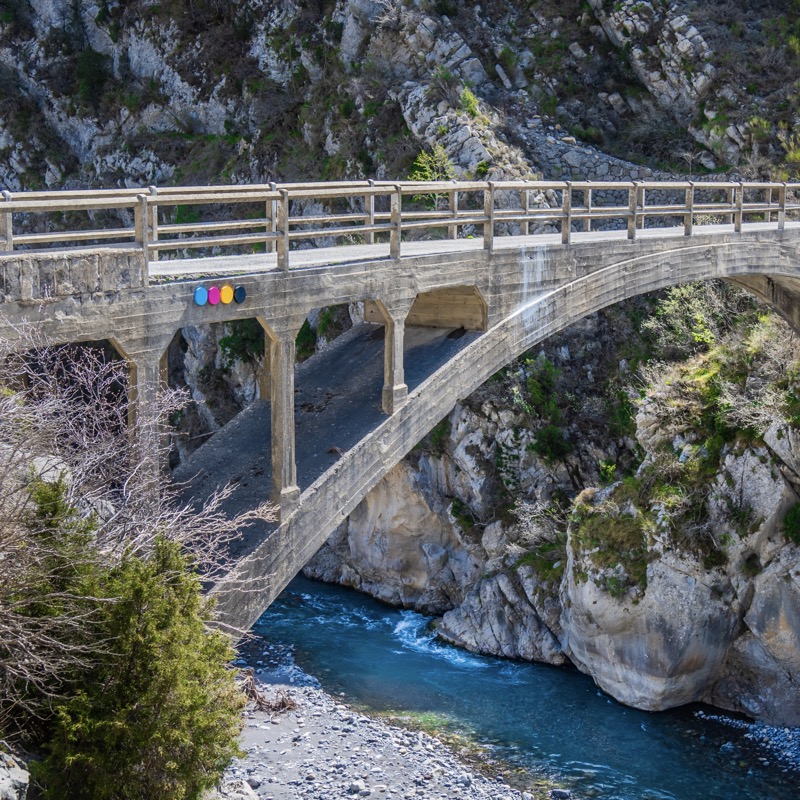
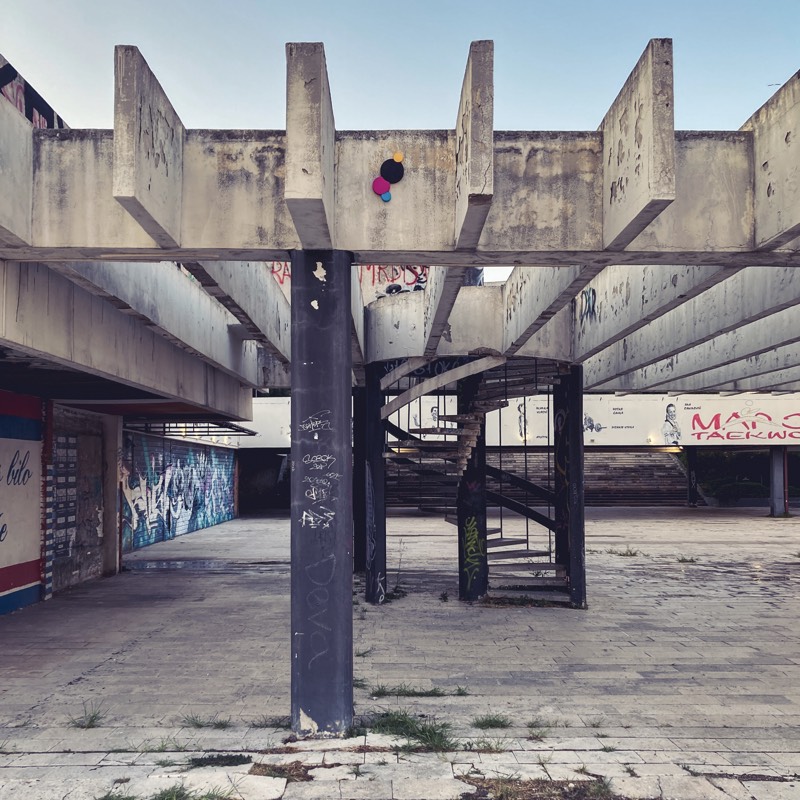
What are you currently working on? Any plans and dreams for the future?
Well, besides the classic dots, I’m currently working on more elaborate works that go more in the illustrative direction. I needed the change after six years of full speed. Otherwise, I plan to go back more in the direction of wall design, which has fallen by the wayside a bit in recent years. Yes, and an absolute dream would be to paint a complete house facade with CMYK dots.
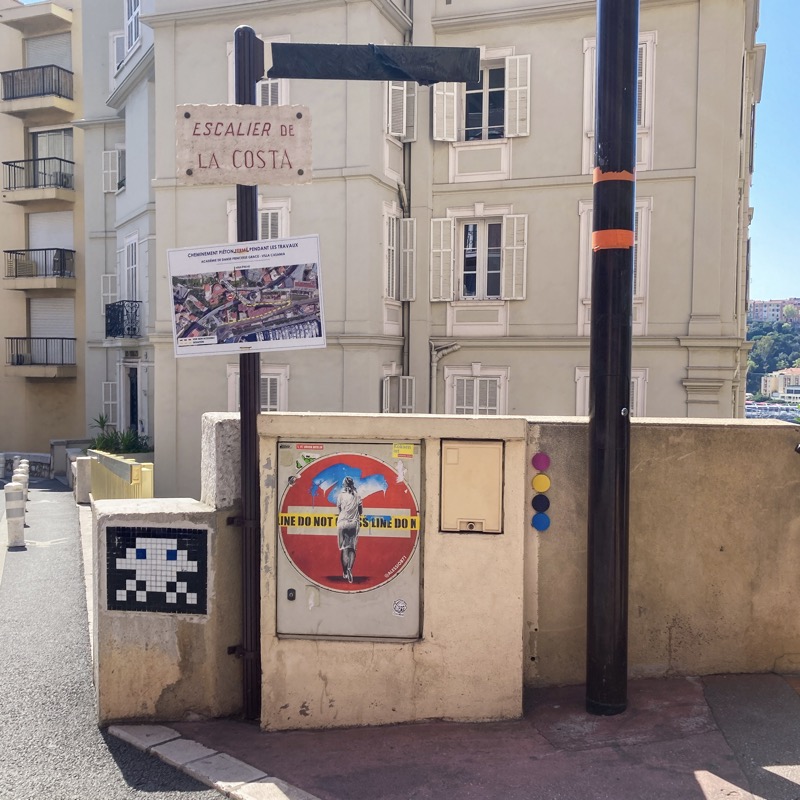
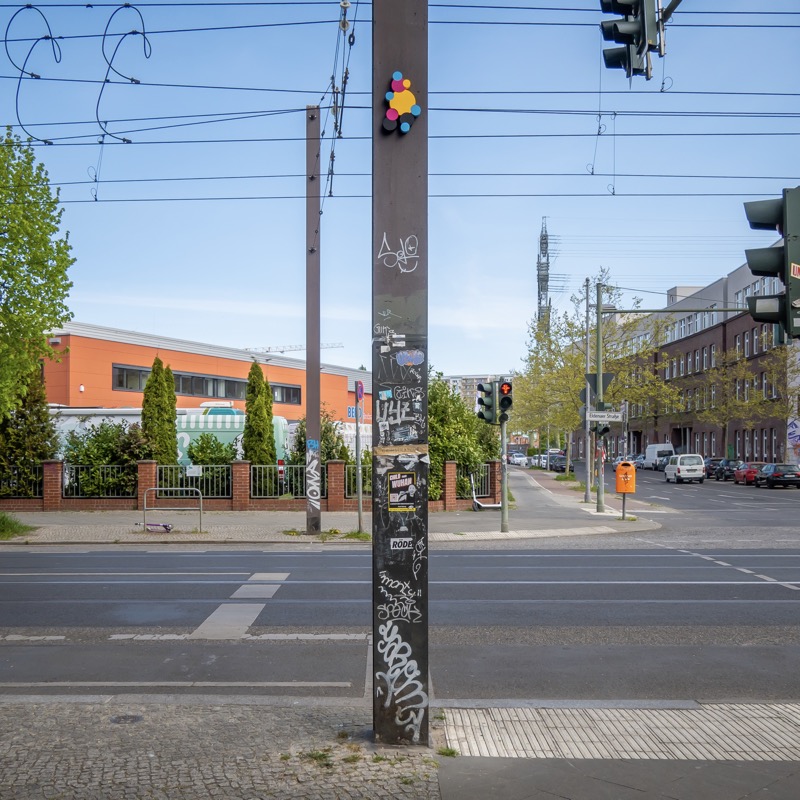
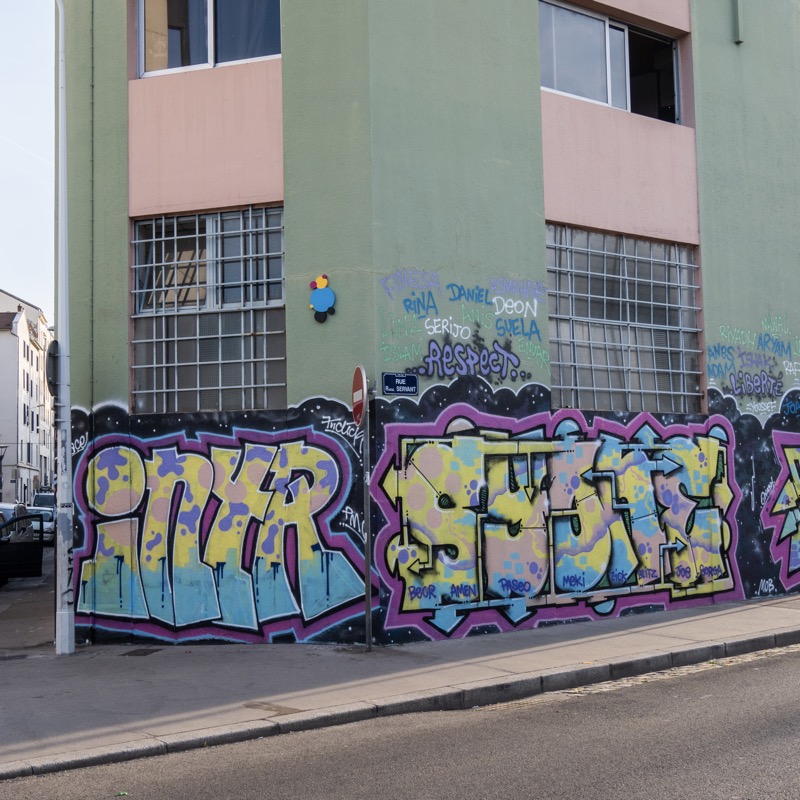
_______________________________________
Pictures © OKSE 126
July 2022
by Laura Vetter




